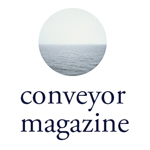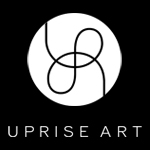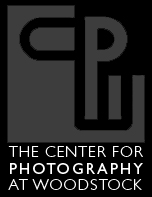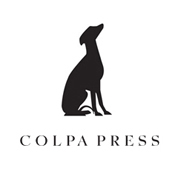Sneak Peek of the Mapping Issue!
Thank you to the backers of Conveyor Magazine’s Kickstarter project! We are so appreciative of the support that we thought we ought to give you , we thought we’d share a small sampling of the images and text included in the upcoming Mapping Issue.
Project Series takes a look at Sarah Anne Johnson’s “Arctic Wonderland” …
Today, the Arctic is a combination of shifting icescapes and a cartography of International laws, which parcel out limited economic zones to five surrounding countries, leaving the middle as an open territory. Johnson explores how these zones define progress, possession, and preservation in a geopolitical world. - CM
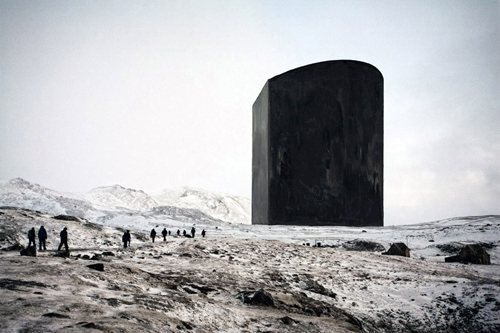
Black Box, 2010.
… and the comprehensive “Mason-Dixon Survey” project by Colin Stearns.
The Mason-Dixon Line has held a near mythical place in the American psyche since its charting in the 1760s. While it has grown into an intangible cultural division between North and South, it began as a pragmatic solution to a land dispute and was marked by highly physical traces. - CM
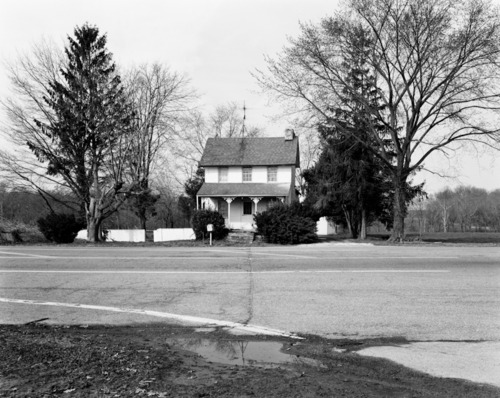
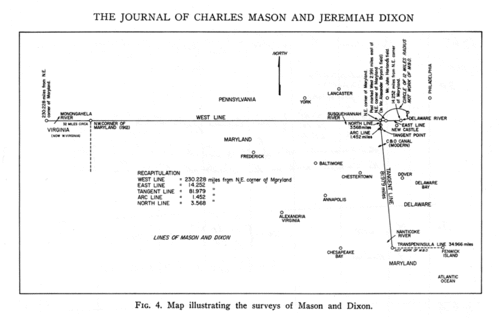
A few from the Group Show - curated from a free & open call for submission:
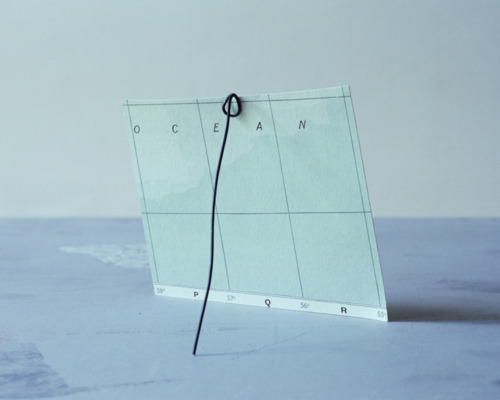
John Mann
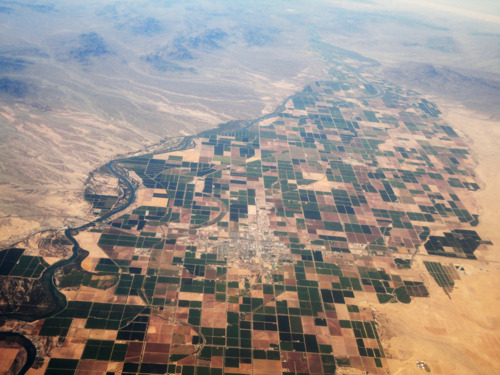
Dierdre Donohue
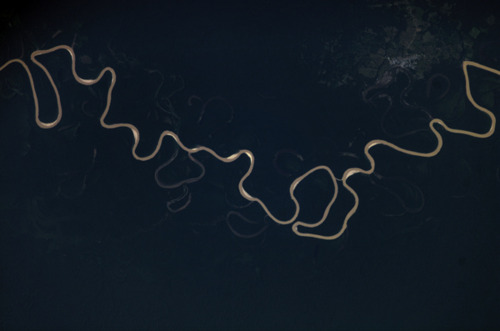
Mary Mattingly
The Artist Feature looks at the images and writings of Peter Happel Christian…
Many cartographers and photographers aim to produce consumable images that add to our understanding of the world. What exists beyond the borders of a map or the frame of a photograph is absent from the slipstream of pictures and lost to history and recollection.

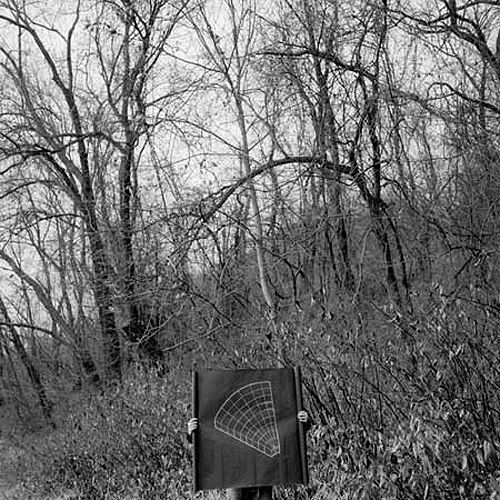
And a little Lori Nix…
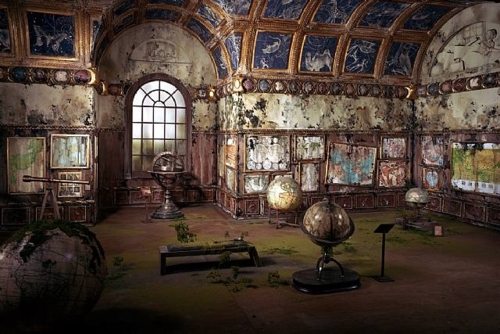
Ok. No more spoilers! The Mapping Issue goes to press in just one week!
We couldn’t be more excited! However, we still have a a ways to go to reach our goal! Help us keep the momentum going, by spreading the word through conversation, blogs, facebook, email and more!
Just 20 Days Left to Back our Kickstarter project! Help us reach our goal :)
{ http://www.kickstarter.com/projects/conveyor/conveyor-magazine }
Peter Happel Christian, Black Holes & Blind Spots, 2010.
“Inspired by the ideas of American Transcendentalism, I photograph non-descript situations that make me pause and consider the varied relationships people have with the natural world.”
Peter Happel Christian is an artist and professor, living and working in Minnesota. He recently received the McKnight Fellowship for Photographers and exhibited a solo show at the Minneapolis Institute of Arts, he will also be a presenter at the upcoming SPE Conference in San Francisco. And, the upcoming issue of Conveyor Magazine features a his project “Near the End of the Beginning”.
—
A limited edition of this photograph is available as one of our Kickstarter rewards! To learn more about our project or to donate visit: { http://www.kickstarter.com/projects/conveyor } - Thanks!
For more on Peter Happel Christian: { www.peterhappelchristian.com }
Interview with Penelope Umbrico
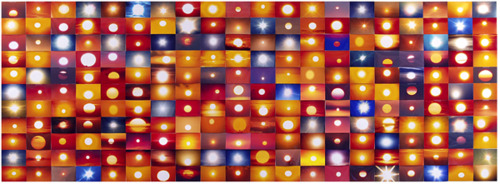
To kick off our interview series on the blog, we dug into our archives to bring you excerpts from an interview with Penelope Umbrico featured in the print version of Conveyor Magazine, Issue No 1.
In March, Penelope Umbrico invited Conveyor Magazine editors Christina Labey and Elizabeth Bick to her Downtown Brooklyn studio as a continuation of the conversations held at The Photographic Universe conference at Parsons, The New School. Penelope’s ideas resonated throughout the conference. The presentation of her work sparked dynamic conversations on the significance of the increasing global accessibility of Internet snapshot archives to photographic theory. In the following interview, we talk with Penelope about the future of her Suns from Flickr Project, the status of the appropriated digital image, and the investigation of a uniquely digital sublime.
CM: Your work embraces the overwhelming amounts of images on the Internet. Why did you choose, from everything out there, to focus on images of the sun?
PU: To begin with, I was simply struck by the amount of pictures of sunsets. I was thinking about the fact the sun is actually out there, so far away, warm and so on. What was interesting was how we take that thing [the sun] and subsume it to this electronic space. That to me was really poetic. I started to look at the images and think about how they are all the same, how I could comment on that sameness. Of course, we only have one sun but if millions of people are taking pictures of it, then we have millions of suns.
CM: If the sun is always there, why do we feel compelled to photograph it?
PU: Exactly, as if to own it. If there is an element of awe and worship toward the sun, is photographing it taking control of it? And what does it say that we all participate. Oddly the question of authorship gets tangled up here – it’s lovely and poetic to engage in an activity that virtually everyone does – and in the process make photographs that follow a very defined script. It’s another, entirely, to claim individuality or subjectivity with these photographs.

CM: The way the Suns from Flickr project has taken on this new dimension is fascinating. You are finding images all over the Internet of people posing for pictures in front of the sun installations, which lends itself to one of the concerns of your work: the proliferation of suns. Were you anticipating this?
PU: It took me by surprise that this was happening. I now have a collection of these images of people posing in front of my installations as though they are in front of an actual sunset. I am collecting the ones where the subject is looking straight into the camera and as I start showing these images alongside the installation, hopefully it will encourage more of these photographs.
…
CM: From the outside your practice seems very digitally based, however, sitting here in your studio I can see how much you respond to the tactile and physical nature of photography. You have stacks of photographs and work tacked up on all the walls. I think it’s really interesting how you still seem very committed to the tactile process of the printed photograph.
PU: At the conference, Tina Barney asked James Welling if he ever gets frustrated with the flatness of the two dimensionality of the photograph. I was surprised by the question – to me that flatness is seductive, and I love the physicality of the print. I like the work to sit right on the edge between representation and abstraction, illusory 3-dimensional and 2-dimensional object. So yes, I am very particular about material and craft. It’s important to me, for example, that the sun photographs are produced via a mass-market process – 4” x 6” Kodak “Easy Share” machine prints (Kodak actually calls them this) or that Broken Sets (eBay) are digital c-prints on metallic paper – the sheen and luminescence of that paper lends to the coolness of the subject matter (the technological breakdown derived from images of broken electronic displays sold on eBay).
…
Penelope Umbrico is featured in the show Social Media at the Pace Gallery Opening Tonight!
Social Media
The Pace Gallery
510 West 25th Street, New York
Thursday September 15, 6:00 - 8:00 pm
To see the rest of the interview in print { www.conveyormagazine.org }
To see more of Penelope Umbrico’s work: { www.penelopeumbrico.net }
Open Call for Submissions for Issue No. 2 Themed “Mapping”

Last call for submissions for the Autumn 2011 Issue themed “Mapping”. We are seeking various interpretations of the theme including: literal representations of maps, traditional cartography, brain mapping, information mapping, exploration, geography, topologies, mapping the universe and more.
By submitting, your work will be considered for the “Group Show” segment of Conveyor Magazine, as well as for the accompanying exhibition, which will take place at 25CPW in Manhattan this November.
Deadline: Sunday, September 18, 2011.
No Fee For Submission!
Click to Submit
Photograph by Sophie Barbasch
Featured in Issue No 1. and accompanying exhibition Undressing The World.
13 Sep 2011 / 0 notes / Conveyor Magazine Submissions Sophie Barbasch

